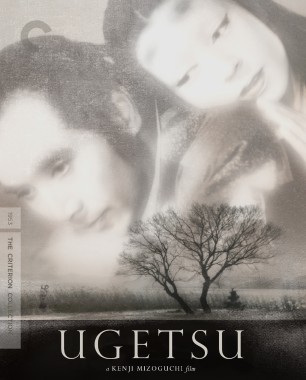The Story of the Last Chrysanthemum

This heartrending masterpiece by Kenji Mizoguchi about the give-and-take between life and art marked the first full realization of the hypnotic long takes and eloquent camera movements that would come to define the director’s films. Kikunosuke (Shotaro Hanayagi), the adopted son of a legendary kabuki actor who is striving to achieve stardom by mastering female roles, turns to his infant brother’s wet nurse for support and affection—and she soon gives up everything for her beloved’s creative glory. Offering a fascinating glimpse behind the scenes of kabuki theater in the late nineteenth century, The Story of the Last Chrysanthemum provides a critique of the oppression of women and the sacrifices required of them, and represents the pinnacle of Mizoguchi’s early career.
BLU-RAY SPECIAL EDITION FEATURES
- New, restored 4K digital transfer, with uncompressed monaural soundtrack
- New interview with critic Phillip Lopate about the evolution of director Kenji Mizoguchi’s style
- PLUS: An essay by film scholar Dudley Andrew
New cover by Michael Boland
BLU-RAY SPECIAL EDITION FEATURES
- New, restored 4K digital transfer, with uncompressed monaural soundtrack
- New interview with critic Phillip Lopate about the evolution of director Kenji Mizoguchi’s style
- PLUS: An essay by film scholar Dudley Andrew
New cover by Michael Boland

Cast
- Shotaro Hanayagi
- Kikunosuke Onoe VI
- Kokichi Takada
- Fukusuke Nakamura
- Gonjuro Kawarazaki
- Kikugoro Onoe V
- Kakuko Mori
- Otoku
- Yoko Umemura
- Osata
Credits
- Director
- Kenji Mizoguchi
- Producer
- Shintaro Shirai
- Screenplay
- Matsutaro Kawaguchi
- Screenplay
- Yoshikata Yoda
- Based on the story by
- Shofu Muramatsu
- Cinematography
- Yozo Fuji
- Cinematography
- Shigeto Miki
- Editor
- Koshi Kawahigashi
- Production design by
- Hiroshi Mizutani
A scene from The Story of the Last Chrysanthemum














